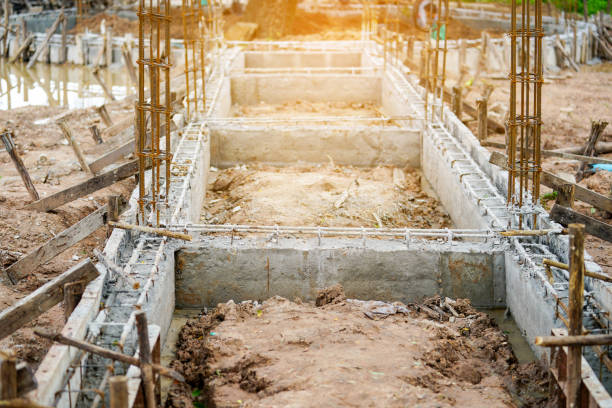Introduction
Piling is one of the most important stages in a construction project, providing the strength and stability that every structure needs. For developers, understanding the cost elements involved in piling is essential for accurate budgeting and smooth project execution. Costs can vary significantly depending on the site conditions, building requirements, and chosen piling method. A clear understanding of these factors ensures better financial planning and minimizes unexpected expenses during construction.
Why Piling Costs Vary from Project to Project
No two piling projects are exactly the same. Differences in soil conditions, foundation depth, and structural load requirements can all influence pricing. Additionally, the location of the project, accessibility to the site, and the availability of equipment or materials can impact overall costs. Developers must evaluate these variables early to avoid significant changes in expenditure later in the project.
Site Investigation and Ground Conditions
A detailed site investigation is the first step in understanding piling costs. Engineers assess soil type, depth to bedrock, groundwater presence, and any obstructions that may affect pile installation. Poor ground conditions often require longer or more specialized piles, which naturally increase the budget. While thorough site surveys add to the upfront cost, they can save significant amounts by preventing delays and unexpected design changes. more



